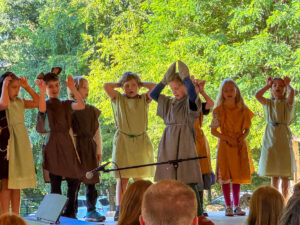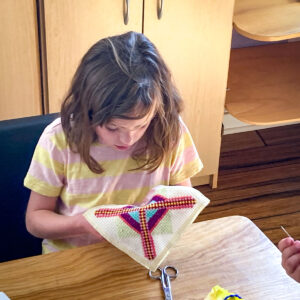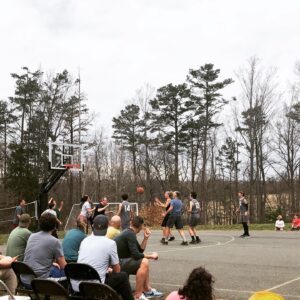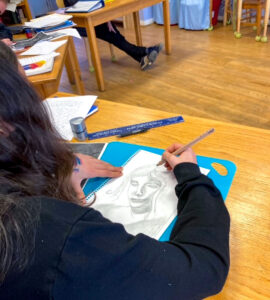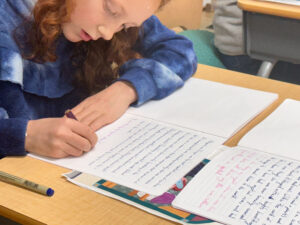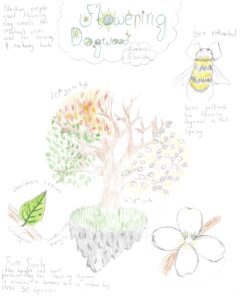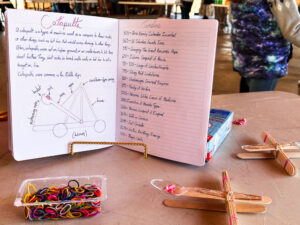
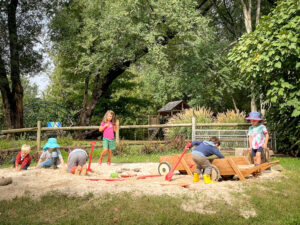
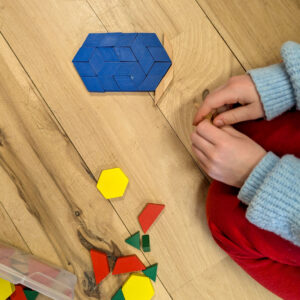
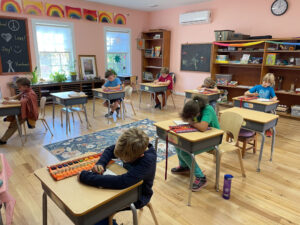
Small class sizes allow for meaningful relationships between peers and with teachers
- Our playgarden classes (students ages 2-3) have 12 students. Each class has a lead and assistant teacher, and additional assistants join the class during certain parts of the day.
- Our mixed-age kindergarten classes (ages 3-6) have a maximum of 18 students. Each class has a lead and an assistant teacher, and other assistants join the class during certain parts of the day.
- Grade school classes range from 6 to 15 students.
Guided by both developmental research and a reverence for childhood, our curriculum supports the whole child at every stage.
Based on the insights, teachings, and principles of education outlined by the innovative 20th century philosopher and activist Rudolf Steiner, the principles of Waldorf education evolve from an understanding of human development that addresses the needs of the growing child.
Our Waldorf curriculum introduces new concepts or new skills when children are ready to learn them, inspiring an anticipation of what is to come and avoiding the manufactured pressure and burnout that comes from pushing children beyond what they are physically, mentally, or socially ready to do.
Learn more about Early Childhood / Elementary Grades / Middle School programs
Artistic expression with beautiful materials honors each child’s creative spirit.
The materials used in Waldorf classrooms are carefully and intentionally chosen. We believe that a child’s sensory experiences shape their understanding of the world. Natural materials like wool, wood, beeswax, and silk engage the senses, providing warmth, texture, and aesthetic appeal that enhance learning and creativity and foster a deep appreciation for beauty, craftsmanship, and authenticity.
Using well-made, durable materials teaches students to value quality over disposability, encouraging a sense of care and responsibility. These materials support fine motor skill development and help create a learning environment that is nurturing, inspiring, and deeply connected to the natural world.
A mindful introduction to screens and electronic media technology begins in middle school, with no screens in early childhood and elementary classrooms
Our curriculum prioritizes hands-on, experiential learning and human connection. Excessive screen use can interfere with imaginative play, physical movement, and direct social interactions — key elements in Waldorf education. By minimizing digital exposure, especially in early childhood and elementary years, Waldorf schools encourage creativity, problem-solving, and deep engagement with the natural world.
Additionally, research suggests that limiting screens supports healthier cognitive, emotional, and sensory development. Instead of passive consumption of digital content, Waldorf students engage in storytelling, artistic expression, and real-world exploration, fostering a strong foundation for critical thinking and lifelong learning.
Hands-on learning comes to life through storytelling, drama, and movement: sparking curiosity and building real-world skills.
Our students learn to think like a scientist, a historian, a philosopher, an artist: engaging in the thinking process and experiences to become independent thinkers, students engage with math, language arts, science, humanities, the arts, world languages, and physical education. Through these immersive learning opportunities, Waldorf students develop their intellectual, emotional, physical, and spiritual capacities, empowering them to confidently follow their paths and contribute meaningfully to the world.
Learn more at one of our Tours and Open Houses, or send an inquiry today >
